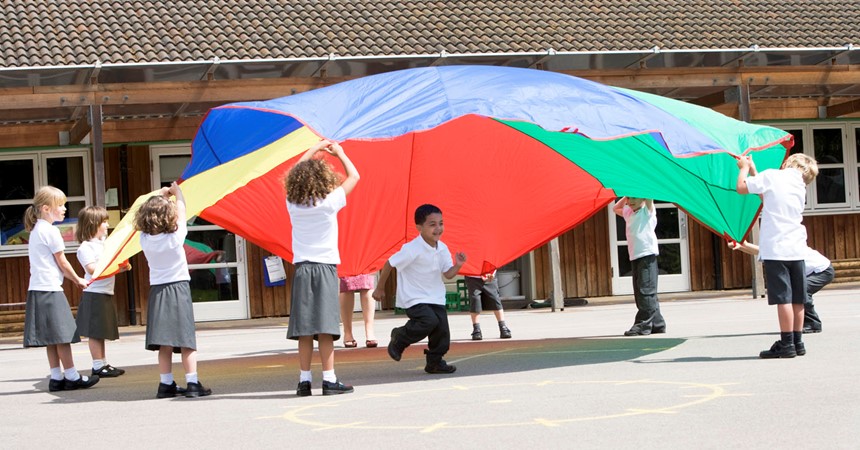Anxiety is a normal emotion that is experienced when people perceive an event as threatening and dangerous or expect there will be a negative outcome. During a child’s development, he/she is constantly exposed to new events and situations and it is therefore normal to be fearful at times.
The 2015 second Australian Child and Adolescent Survey of Mental Health and Wellbeing identified that 6.9% of children aged 4-17 will experience an anxiety disorder. The most common anxiety disorders in children are phobias, generalised anxiety disorder and separation anxiety.
In the school environment, anxiety can impact on a student participating in a variety of school-based practices such as attending school and specific classes, completing set tasks, joining extra-curricular activities such as sporting teams, learning and making friends.
Students experiencing anxiety may present with many different physical, cognitive and behavioural symptoms including:
- Physical complaints eg aches and pains
- Avoiding trying new things
- Disliking changes to routine
- Perfectionism
- Shyness
- Being easily upset
- Procrastinating
- Requiring frequent reassurance
- Worrying excessively about negative outcomes.
If you are concerned that a student is displaying significant symptoms of anxiety, it is beneficial to speak with parents/carers and to raise your concerns with the school’s learning support and wellbeing teams.
Below are some general tips for teachers and staff to assist students who experience symptoms of anxiety in the school environment:
- Validate, normalise and name the emotion the student is experiencing
- Model your own responses to emotions and situations
- Teach relaxation strategies in the classroom to reduce physical sensations
- Assist children to solve problems
- Encourage positive self-talk
- Reward brave behaviours
- Manage your own response to anxiety
- Implement classroom routines and utilise visual timetables
- Give anxious children extra time to respond to questions
- Have a safe person or place the child can go to at school.
For further information on supporting students with anxiety, teachers may find the following resources and services useful:
- Encourage parents to speak with their General Practitioner if they are concerned about their child’s level of anxiety. The GP may refer the family for intervention with a psychologist.
- Speak with your learning and wellbeing team if you are concerned about a student.
- Youth beyondblue is a website providing information to young people, carers and professionals.
- The Psychology Clinic at the University of Newcastle runs the Cool Kids program for parents and primary school aged children experiencing anxiety.
- The BRAVE Program is a free online self-help course for parents, and children and adolescents experiencing anxiety.
- Anxiety BC is a website listing recommendations for relaxation and mindfulness activities that can be helpful in the classroom.
- Smiling Mind is an app that has many mindfulness activities for varying age groups.
The ideas and definitions in this article come from Lawrence, Johnson, Hafekost, Boterhoven de Haan, Sawyer, Ainley & Zubrick, 2015, ‘The mental health of children and adolescents: Report on the second Australian Child and Adolescent Survey of Mental Health and Wellbeing’.
